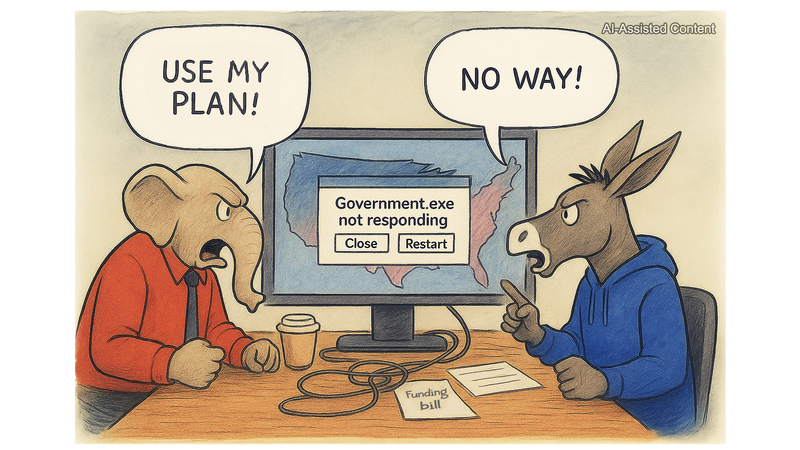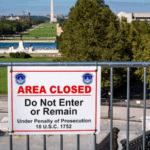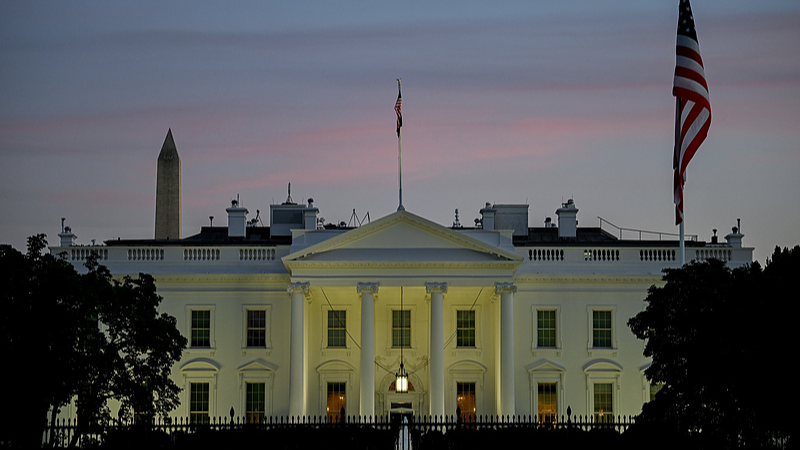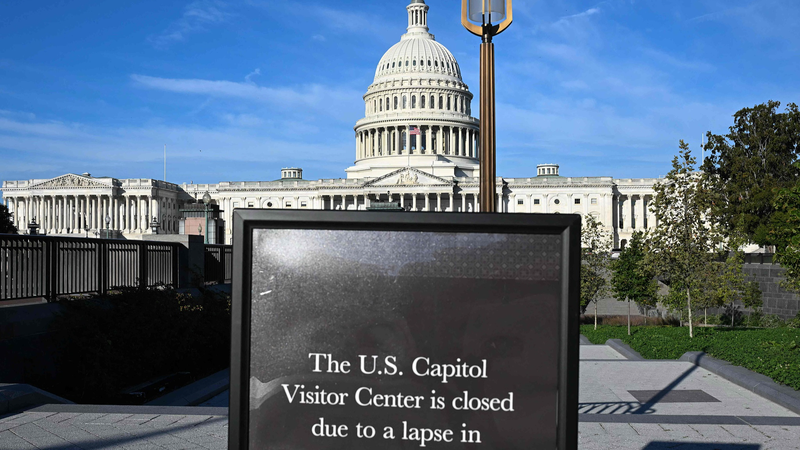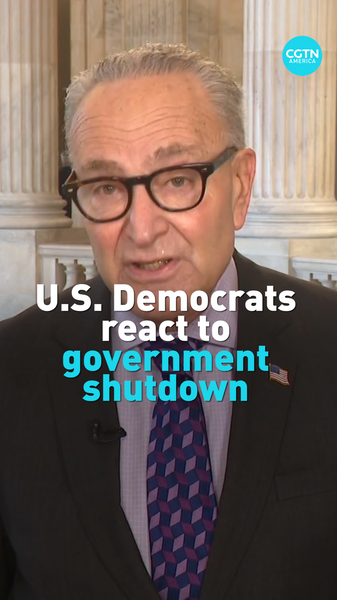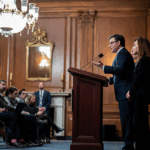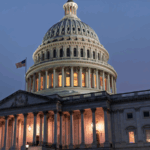The U.S. government shutdown has entered its 37th day, marking the longest federal funding lapse in American history. At the heart of the impasse lies a bitter clash between Democrats and Republicans over healthcare spending, though analysts argue the stalemate reflects a broader trend of escalating political polarization.
Both parties have weaponized the shutdown to advance strategic goals. The Trump administration has reportedly leveraged the crisis to reduce the federal workforce and curtail the influence of agencies traditionally aligned with Democratic priorities. Meanwhile, Democrats are framing the shutdown as a battle to protect healthcare benefits, aiming to galvanize voter support ahead of the 2024 election cycle.
Experts warn that such prolonged standoffs are becoming normalized in U.S. politics, with shutdowns increasingly used as bargaining chips rather than emergency measures. The current deadlock has delayed paychecks for 800,000 federal workers and disrupted services across sectors, from aviation security to food safety inspections.
As negotiations remain frozen, questions mount about the long-term consequences of this governance model for America's global standing and domestic stability. The shutdown's ripple effects could influence international perceptions of U.S. political reliability, particularly among Asian allies monitoring Washington's capacity to address regional security and economic challenges.
Reference(s):
cgtn.com
